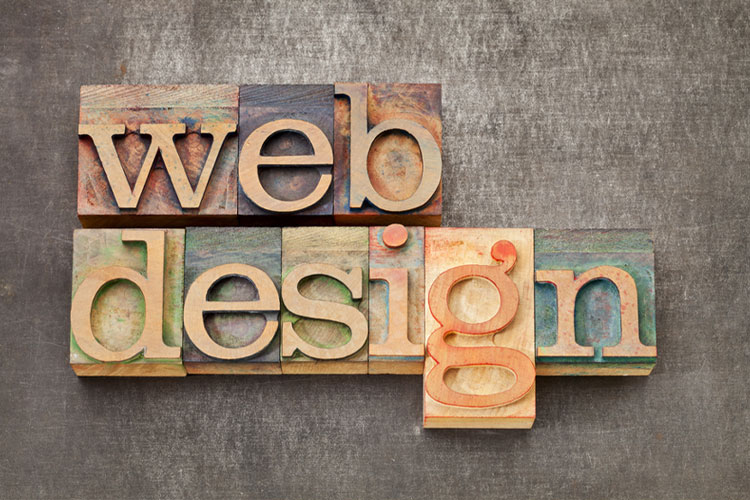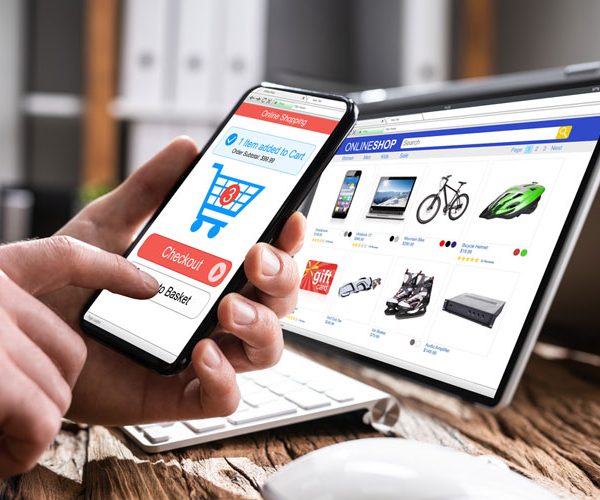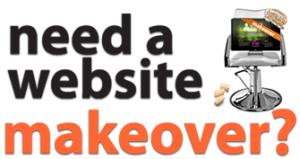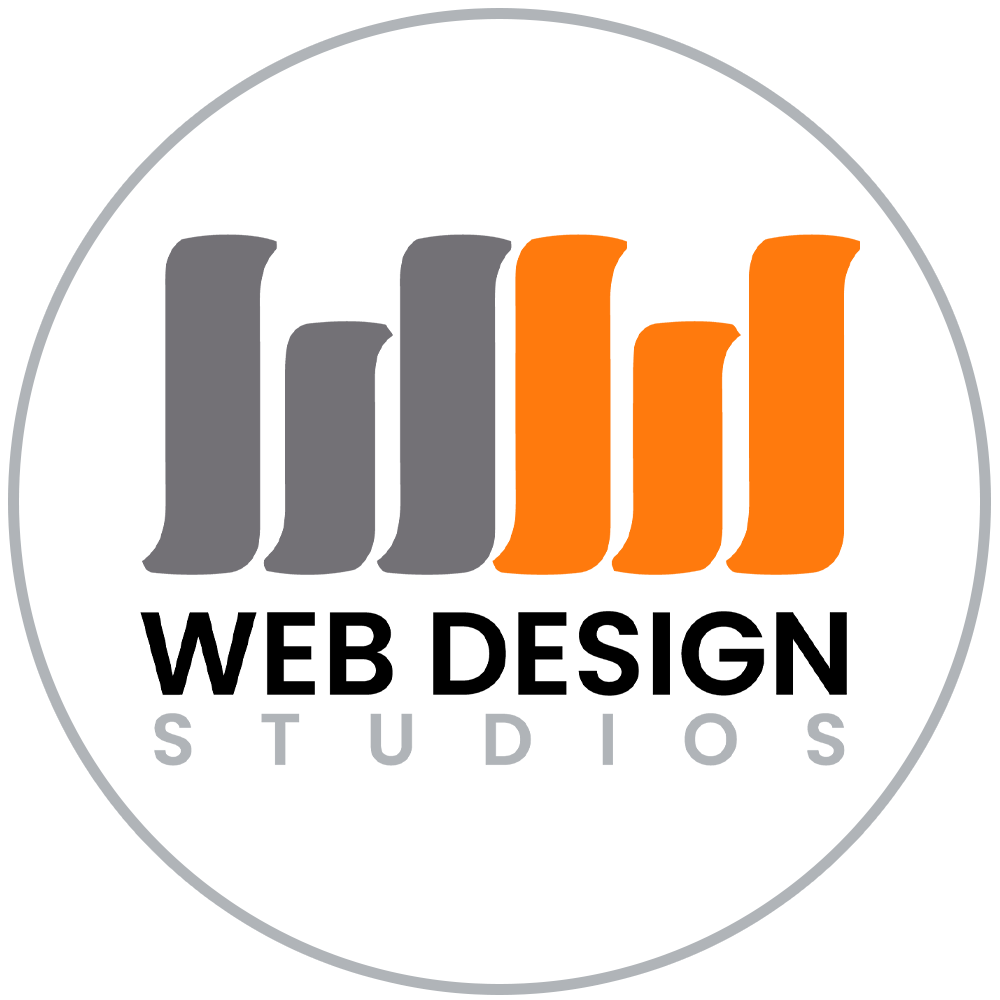In the vast realm of web design, where visuals and user experience reign supreme, one often overlooked element plays a crucial role in shaping the overall aesthetic and communication—typography. The art and science of arranging type, typography goes beyond mere words on a page; it is a powerful tool for crafting a unique visual identity that resonates with your audience. In this blog, we delve into the world of typography and explore how it can be harnessed to create a compelling and distinctive online presence.
The Silent Communicator:
Typography is more than just selecting a font; it is a silent communicator that conveys brand personality, mood, and tone. The choice of typeface, font size, line spacing, and even letter spacing can evoke specific emotions and set the stage for the user’s experience. For instance, a sleek, sans-serif font may convey a modern and minimalist vibe, while a classic serif font might evoke a sense of tradition and reliability.
Establishing Brand Identity:
Your website is often the first point of contact between your brand and your audience. Typography becomes a key player in establishing and reinforcing your brand identity. Consistency in font choices across various touchpoints—website, social media, marketing materials—helps create a cohesive and recognizable brand presence. Consider the way Coca-Cola’s distinct script font is instantly associated with the brand, contributing to its iconic identity.
Readability and User Experience:
At its core, a website is a platform for information exchange. Typography plays a pivotal role in ensuring the readability of the content, directly impacting the user experience. A well-chosen font, legible size, and appropriate spacing enhance the flow of information, making it easy for visitors to consume and engage with your content. In contrast, poor typography choices can lead to user frustration and a high bounce rate.
Web-Safe Fonts vs. Custom Typography:
While web-safe fonts ensure a consistent display across various devices, custom typography allows for a unique and personalized touch. Custom fonts can be a powerful branding tool, setting your website apart from competitors and creating a memorable impression. However, it’s essential to strike a balance between creativity and functionality, ensuring that your custom fonts don’t compromise loading times or cross-browser compatibility.
Responsive Typography:
In the era of multi-device usage, responsive design is no longer optional. Typography must adapt seamlessly to different screen sizes without sacrificing legibility or aesthetic appeal. Responsive typography involves using relative units like percentages and ems, as well as media queries, to ensure a consistent and enjoyable reading experience across devices.
Trends and Timelessness:
Typography, like any design element, is subject to trends. While it’s tempting to follow the latest typographic fads, it’s crucial to consider the longevity of your choices. Strive for a balance between contemporary relevance and timeless appeal. A font that stands the test of time ensures that your website remains visually appealing and relevant for years to come.
WW Web Design Studios
In the intricate tapestry of web design, typography emerges as a powerful thread, weaving together aesthetics, communication, and user experience. By understanding the nuances of typography and harnessing its potential, you can craft a distinct visual identity that resonates with your audience and leaves a lasting impression. Whether you opt for web-safe fonts or invest in custom typography, the key lies in thoughtful selection and consistent application. Embrace the power of typography, and watch as your website transforms into a compelling and memorable online presence.











